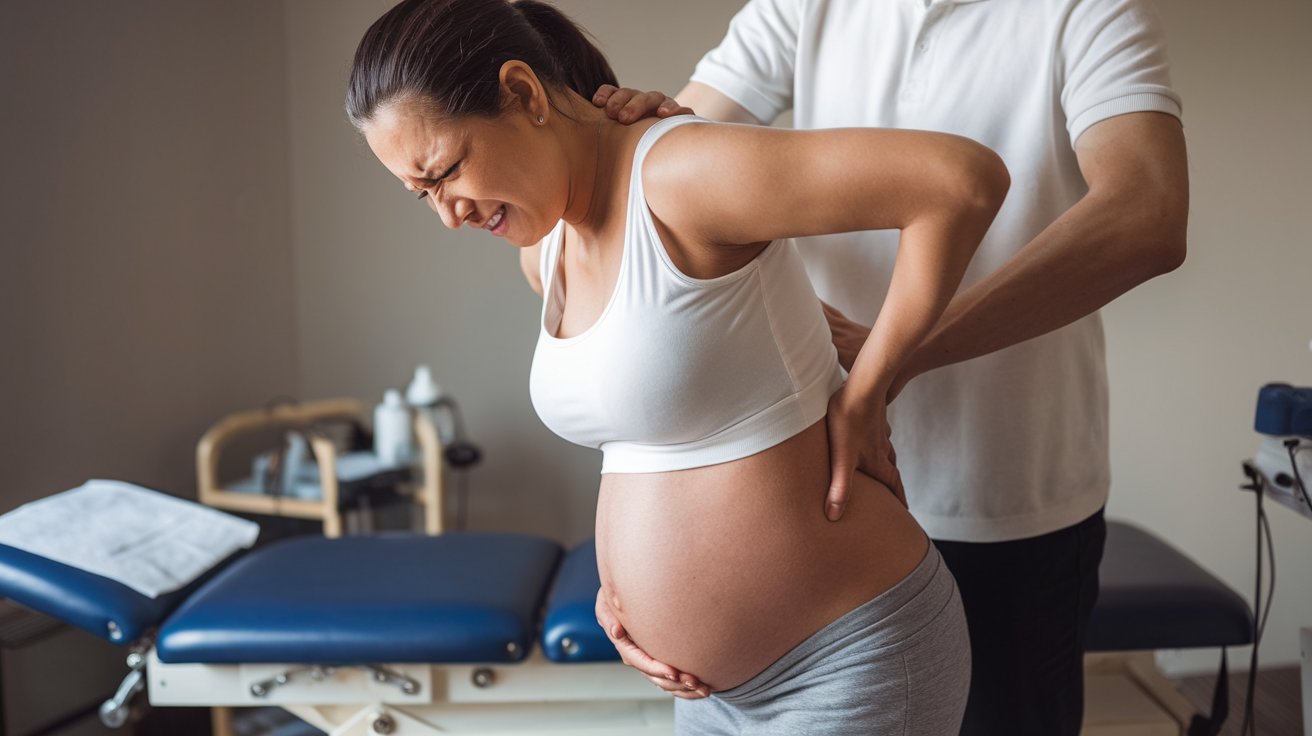Pregnancy is a beautiful yet tricky journey that brings many changes to a woman’s body. One common discomfort experienced by expectant mothers is SI joint pain during pregnancy. The sacroiliac (SI) joints connect the lower spine to the pelvis, and as the body prepares for childbirth, these joints may become painful due to hormonal shifts, weight gain, and postural changes. In this article, we’ll explore the causes of SI joint pain in pregnancy, the problems it can create, and practical strategies for finding relief and managing symptoms.
Why Does SI Joint Pain Happen During Pregnancy?
SI joint pain is widespread during the second and third trimesters due to several physiological changes. Here’s a breakdown of the key reasons behind this discomfort:
1. Hormonal Changes
During pregnancy, the hormone relaxin is released to loosen ligaments and joints, preparing the body for childbirth. However, this increased flexibility can lead to instability in the SI joints, causing pain in the lower back and sacrum.
2. Weight Gain
The natural weight gain during pregnancy puts additional stress on the sacroiliac joints. The added pressure, especially in later stages, can cause discomfort, particularly when standing or walking for extended periods.
3. Shift in Center of Gravity
As the belly expands, a woman’s center of gravity shifts forward. This change forces the lower back and pelvis to adjust, placing additional strain on the SI joints, leading to pain and discomfort.
4. Posture Changes
Many pregnant women experience a more pronounced curve in the lower back (lordosis) to accommodate a growing belly. This altered posture can tilt the pelvis forward, causing SI joints to move in unfamiliar ways, leading to pain and stiffness.
Problems Caused by SI Joint Pain During Pregnancy

While SI joint pain is common, it can cause several issues that interfere with daily activities and overall comfort. Some of the most notable problems include:
1. Difficulty Walking or Standing
Many pregnant women with SI joint pain find it challenging to stand or walk for long durations. Pain may worsen with prolonged movement, making everyday tasks difficult.
2. Sleep Disruptions
Finding a comfortable napping position can be challenging when experiencing SI joint pain. Lying on the back or sides may increase discomfort, leading to interrupted or poor-quality sleep.
3. Impact on Exercise and Mobility
Physical activity is crucial during pregnancy, but SI joint pain can limit movement. Even low-impact exercises like walking or swimming might become uncomfortable, affecting overall fitness and well-being.
4. Increased Lower Back and Hip Pain
SI joint instability can contribute to widespread lower back and hip pain. Occasionally, discomfort may radiate into the thighs, making movement even more challenging.
How to Relieve SI Joint Pain During Pregnancy
Fortunately, there are several secure and effective ways to manage SI joint pain while pregnant. Here are some practical strategies:
1. Prenatal Exercises and Stretches
Gentle stretching and strengthening activities can help stabilize the SI joints and reduce discomfort. Some safe exercises include:
- Pelvic tilts (to improve lower back stability)
- Cat-cow stretches (to relieve tension in the lower back)
- Prenatal yoga (for flexibility and posture support)
2. Use a Maternity Support Belt
A pregnancy support belt can help stabilize the pelvis and reduce pressure on the SI joints, providing much-needed relief during daily activities.
3. Practice Good Posture
Maintaining proper posture can minimize strain on the sacroiliac joints. Tips include:
- Standing and sitting with a straight back
- Using lumbar support cushions when sitting for long periods
- Sleeping with a pregnancy pillow between the knees for better spinal alignment
4. Apply Heat or Cold Therapy
- Warm compresses or heating places can help relax tight muscles around the SI joints.
- Cold packs can reduce hives and numb the pain.
5. Seek Professional Help
If SI joint pain worsens, consider consulting a physical therapist or chiropractor specializing in prenatal care. They can recommend personalized exercises and adjustments to relieve pain safely.
Conclusion
SI joint pain during pregnancy is a common but manageable condition. Understanding its causes, whether hormonal changes, weight gain, postural shifts, or joint instability, can help expectant mothers take proactive steps to reduce discomfort and improve mobility. Women can find relief and enjoy a healthy, active pregnancy by incorporating prenatal exercises, support belts, posture corrections, and therapy. If you’re experiencing persistent pain, don’t hesitate to consult your healthcare provider for experienced advice and personalized treatment options.











